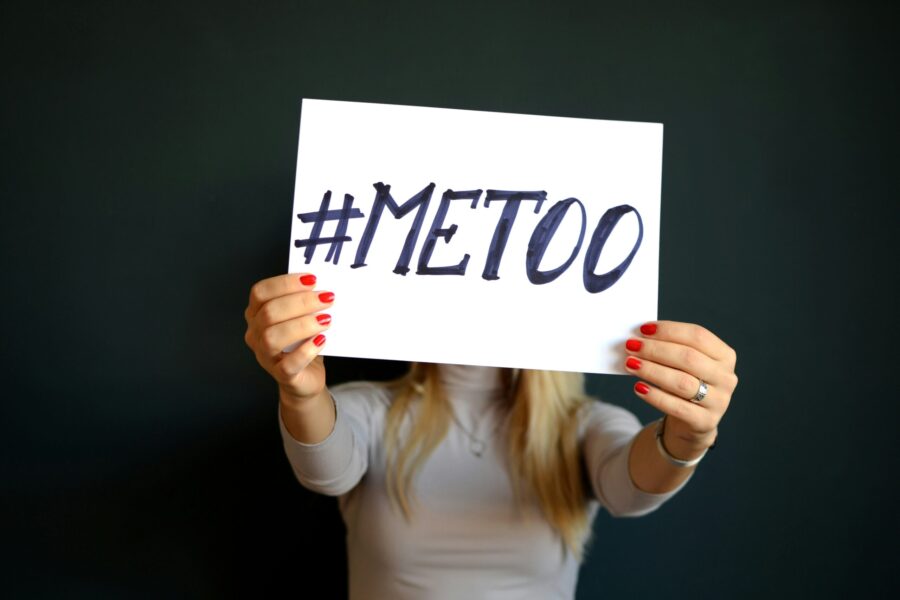With the implementation of the Worker Protection Act 2023 (Amendment of Equality Act 2010) set for October 2024, UK businesses face increased responsibilities in preventing sexual harassment in the workplace. This landmark legislation introduces a new duty for employers to take ‘reasonable steps’ to safeguard their employees, significantly enhancing the protection offered under existing laws.
The new law empowers employment tribunals to increase compensation by up to 25% if employers fail to meet their duty, marking a pivotal change in how sexual harassment cases are handled in the UK. Given the average sex discrimination award in 2022 was £37,607, this uplift could have substantial financial implications for businesses.
Understanding the New Requirements
The Worker Protection Act 2023 is a crucial amendment to the Equality Act 2010, aimed at addressing the persistent issue of workplace sexual harassment. While the law stops short of requiring employers to take ‘all reasonable steps,’ it does impose a significant obligation on businesses to proactively prevent harassment.
Vivek Dodd, CEO of Skillcast, comments:
Sexual harassment is not just a legal issue; it’s a moral imperative for businesses to create safe and inclusive environments for all employees. The new legislation underlines the importance of taking proactive measures to prevent harassment and protect employees. It’s no longer sufficient to react to incidents; businesses must now demonstrate that they have taken reasonable steps to prevent them.
Vivek Dodd, CEO of Skillcast
What Businesses Need to Do
In light of these changes, Skillcast is advising businesses to immediately review and update their policies, training programs, and reporting mechanisms to ensure compliance with the new law. Key actions that employers should consider include:
- Organisational and Cultural Change: Senior leadership must set the tone for workplace behaviour, embedding values of dignity, respect, and inclusion. This cultural shift is essential for preventing harassment and fostering a safe working environment.
- Clear Policies and Procedures: A comprehensive sexual harassment policy is crucial. This should clearly define what constitutes harassment, outline the responsibilities of all employees, and detail the procedures for reporting and addressing complaints. While policies alone cannot change culture, they are a critical foundation for educating the workforce and demonstrating the organisation’s commitment to preventing harassment.
- Regular Training and Development: Ongoing training is vital to ensure all employees understand what constitutes sexual harassment and their role in preventing it. This includes specific training for line managers, who play a crucial role in identifying and addressing harassment issues promptly.
- Effective Reporting Channels and Investigation Procedures: Employers must establish and promote clear, confidential channels for reporting harassment. It’s essential that complaints are handled promptly, fairly, and thoroughly, with a strong emphasis on protecting employees from retaliation.
- Monitoring and Review: Regularly monitoring workplace practices and reviewing policies can help identify potential risks and ensure that measures are effective. This includes conducting staff surveys to gauge attitudes towards gender equality and harassment, and adjusting strategies accordingly.
- Legal Compliance and Risk Management: Businesses should seek legal advice to ensure that their policies and procedures align with the new law’s requirements. This could involve a thorough audit of existing practices and the implementation of new measures to mitigate risk.
Dodd concludes:
Businesses that fail to adapt to these new requirements risk not only significant financial penalties but also a loss of trust from their employees and the public. Beyond compliance, it’s simply the right thing to do. It’s essential that employers take this opportunity to reinforce their commitment to a safe, respectful, and morally responsible workplace.
Joanne is the editor for Workplace Wellbeing Professional and has a keen interest in promoting the safety and wellbeing of the global workforce. After earning a bachelor's degree in English literature and media studies, she taught English in China and Vietnam for two years. Before joining Work Well Pro, Joanne worked as a marketing coordinator for luxury property, where her responsibilities included blog writing, photography, and video creation.



